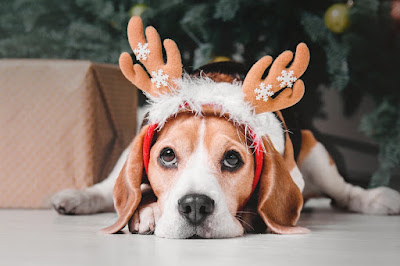A new pet is one of the most popular gifts for young children every year around the holidays, and never fails to bring a smile to their faces. While tiny animals are adorable and are great additions to the family, it’s important to select an animal that fits with your lifestyle and is a great fit for young children. While it might not be in your best interest to get a pony or even a brand-new puppy with a lot of energy, there are plenty of animals that make great pets, for kids of all ages!
The AVMA said it best: when you choose a pet, you accept responsibility for the health and welfare of another living thing. You’re making a promise to care for your pet for his/her entire life. You also become responsible for your pet’s impact on your family, friends, and community. Keep reading to learn a few tips and tricks so you can choose the best pet for your family.
Consider the costs associated
Take note of the time you have available
Another important thing to analyze is the amount of time you have available in order to care for this new animal. If you work long hours or are often out of the house / travel, you will not want to purchase an animal that needs frequent walks and attention. Exercise, play, and establishing routines are all very important, especially to young pets, and you’ll want to make sure you have enough time to devote to helping your pet adjust to their new environment.
Think about the life span
Kids can get very attached to their pets, so you will need to consider your child’s emotional attachment when choosing pets for kids. Research the life span of the pet you’re considering adding to the family and think through how this will affect your kids (from young children to older teens). Keep in mind that if you have older kids, once they leave for college or work, you may have to become the sole provider for your family pet.
Consider your child’s age
There are so many popular pets beyond just dogs and cats that you may want to consider adding to the family. Pet MD has a great list of best pets for kids broken out by age with parakeets and crested geckos recommended for children ages 4-7 and rabbits, cats, dogs, and bearded dragons recommended for kids aged 12-15.
Still not sure? Consult your veterinarian
If you are still unsure if the pet you are considering is right for your family, the best advice we can give is to consult your veterinarian. Our team at the Bregman Veterinary Group is happy to help you provide the best care for your pet to ensure a healthy life and this can include giving you a better understanding of a potential pet’s needs and how they may or may not be compatible with your family’s lifestyle. To learn more or to schedule an appointment, click here to get started!













